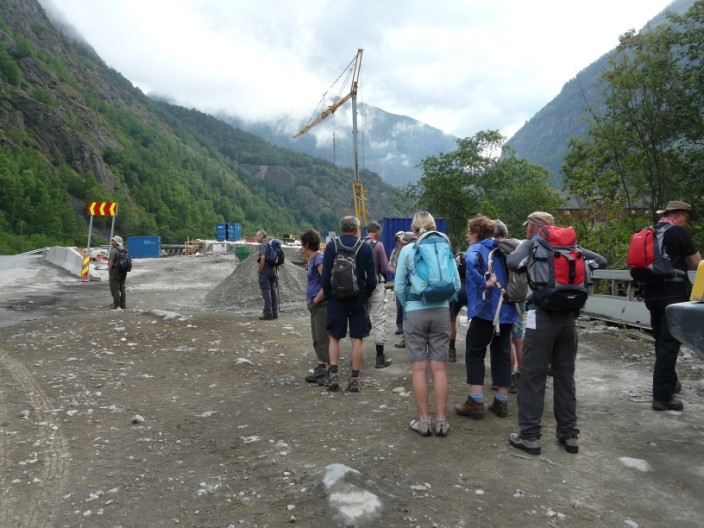
Saturday, 10th July 2010
Today’s route was to take advantage of the historic roads, said
to be originally made by goats and thus following the natural terrain. The first
section winds its way alongside the wild Lærdal River and passes the cotter´s
farm Galdane where six houses have been preserved. The farm supported a number
of persons - families with up to 12 children have lived here. Galdane was
abandoned in 1947. After exploring the buildings our route continued on to Husum
and onto the Vindhellavegan. The famous Vindhella path winds on impressive
hair-pin bends through the mountain pass to Borgund and the famous Stave Church
Reaching Borgund we found a suitable spot for lunch before checking out the
famous Stave church. The stave-churches are Norway’s unique contribution to
world heritage. Most were built between 1130 and 1350, when the Black Death
brought an end to new building. Of the 1,000 original stave-churches only 28 are
still standing and Borgund is the one with the least alterations.
The Stave Churches are constructions of high quality, richly decorated with
carvings. In virtually all of them the door frames are decorated from top to
bottom with carvings. This tradition of rich ornamentation appears to go back to
the animal carvings of the Viking age. The dragons are lovingly executed and
transformed into long-limbed creatures of fantasy, here and there entwined with
tendrils of vine, with winding stems and serrated leaves. The elaborate designs
are executed with supreme artistic skill. The stave church doorways are,
therefore, among the most distinctive works of art to be found in Norway.
Scroll down to see photos of the walk

Road works near the starting point meant that we have an unusual drop-off and pick-up point . . .
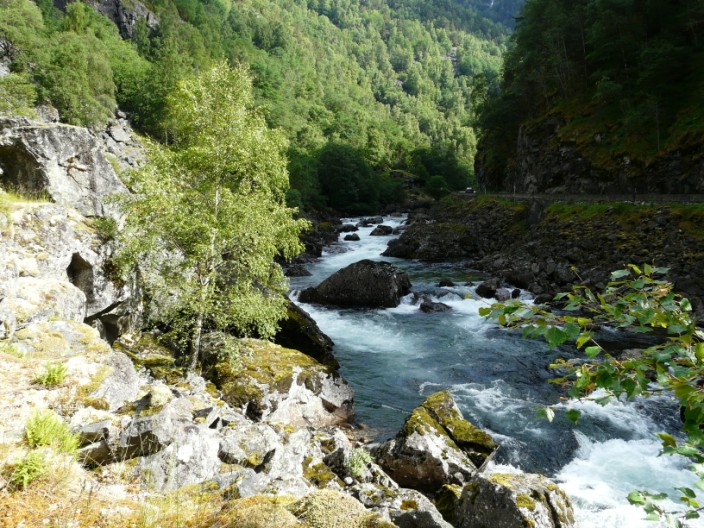
Our route follows alongside the river for much of the way
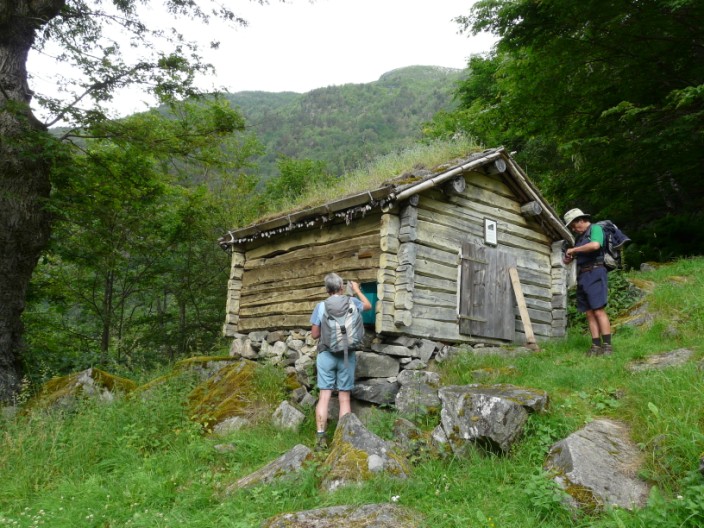
A slight uphill diversion took us to the historic buildings of Galdane
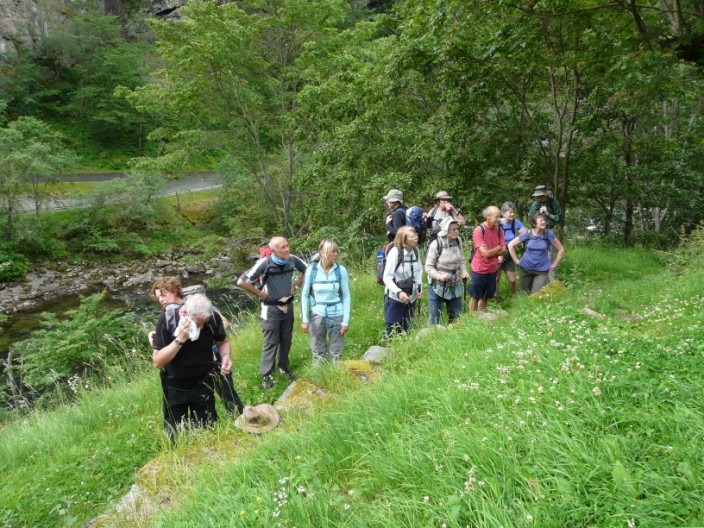
The majority of the group take some time . . .
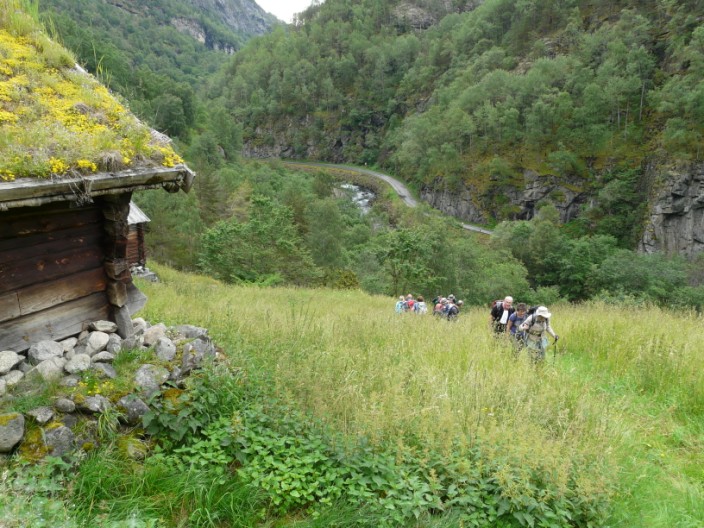
before they decide to join us . . .
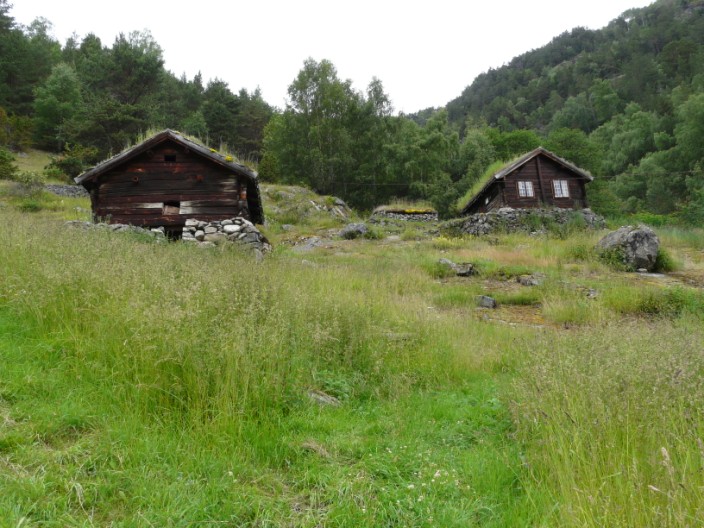
to take a close look at . . .
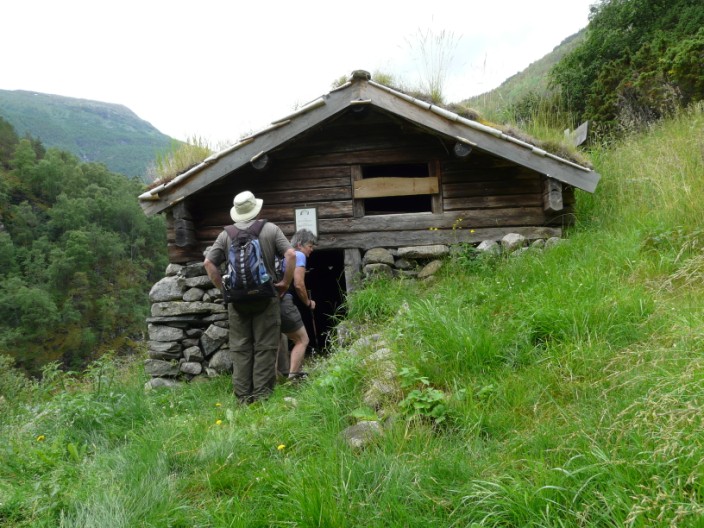
the buildings . . .
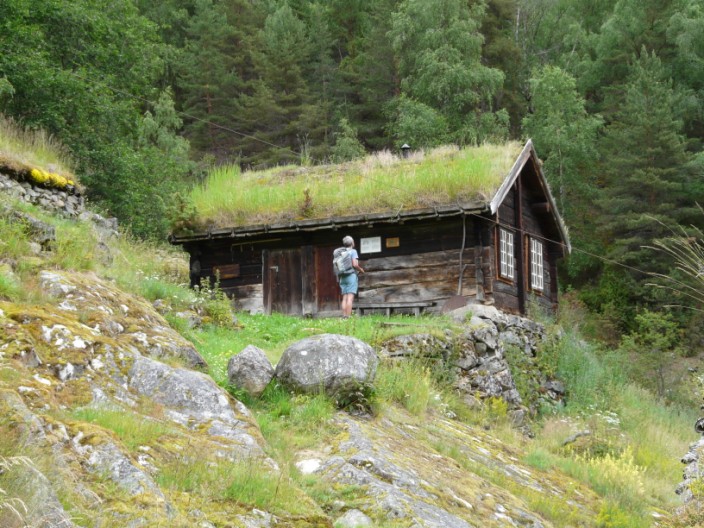
and to read the information boards . . .
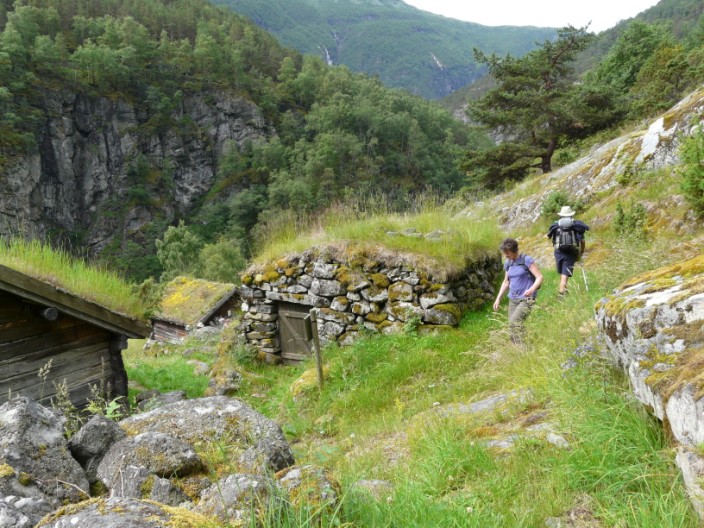
as we investigate . . .
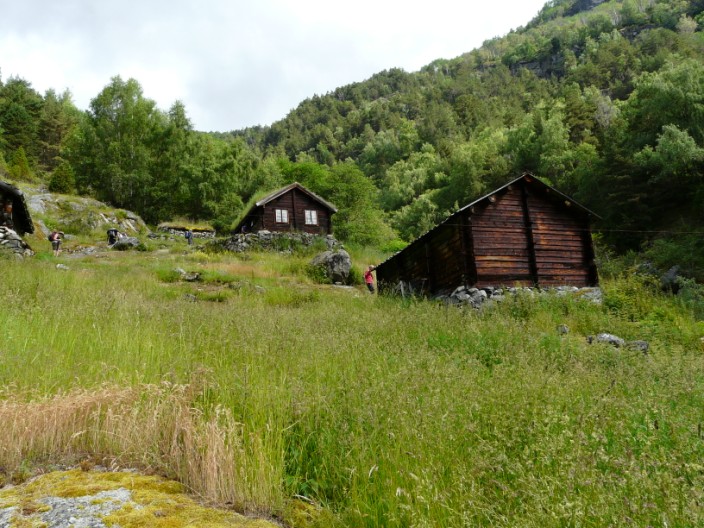
around the area

There is even a board about trees . . .
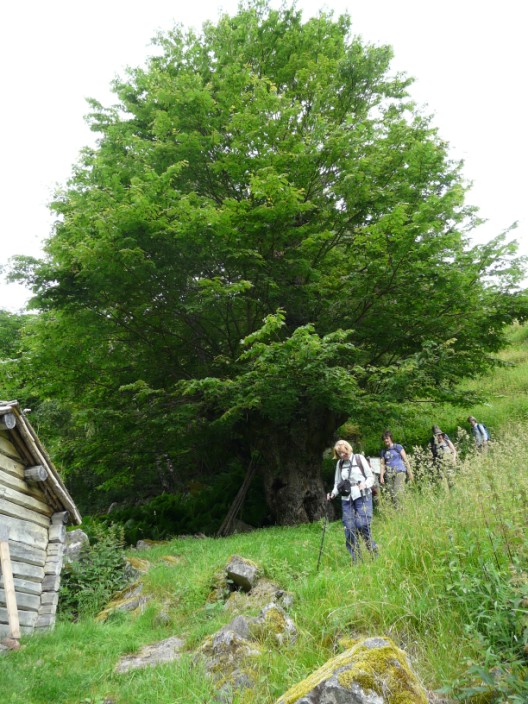
and a particularly fine specimen
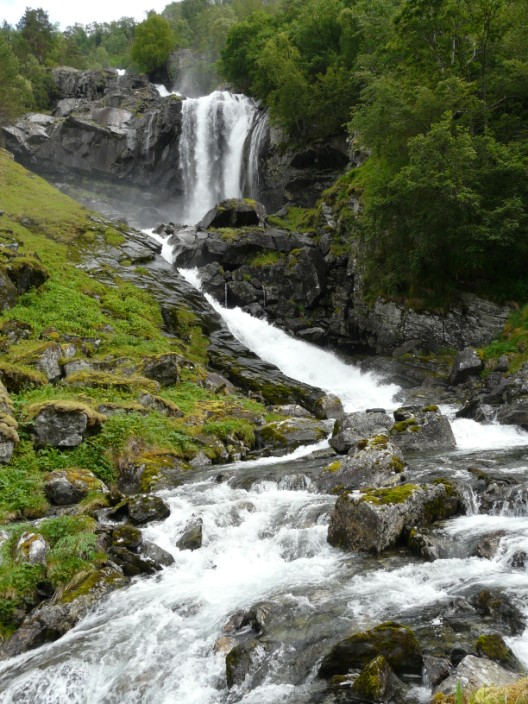
Further along the path is an impressive waterfall
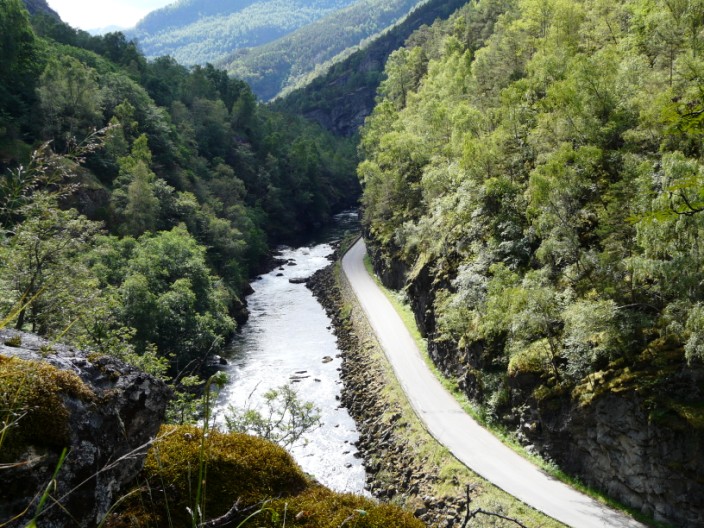
The new road was built on the opposite side of the river to take advantage of flatter terrain
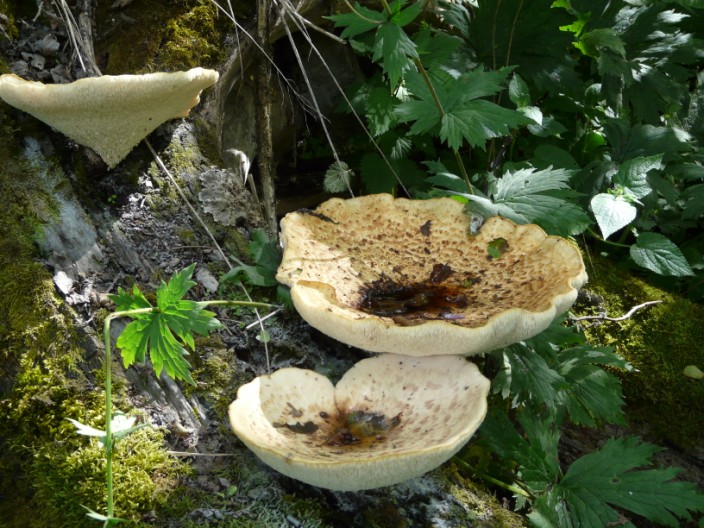
Bracket fungus perhaps?
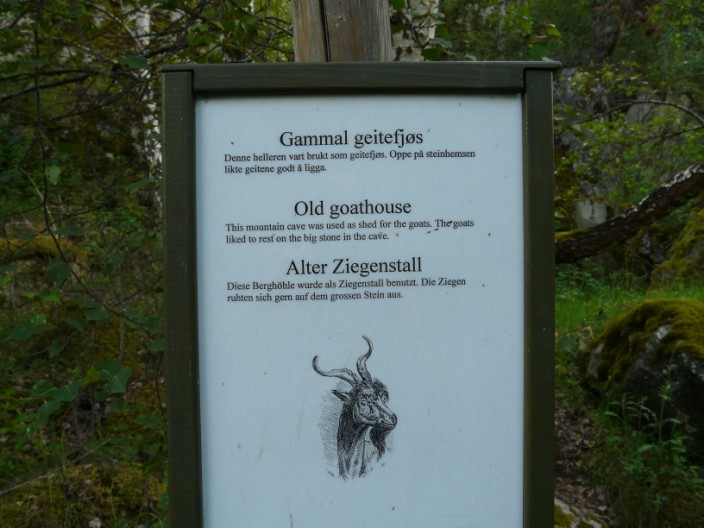
Even the goats warrant an information board . . .
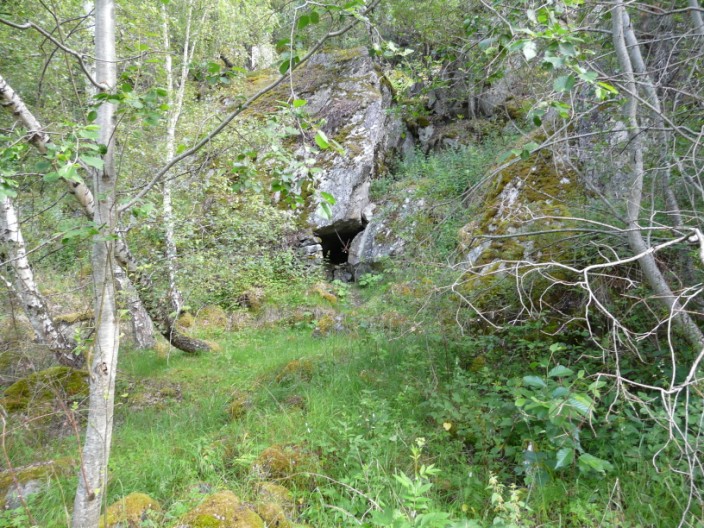
just in front of the cave . . .
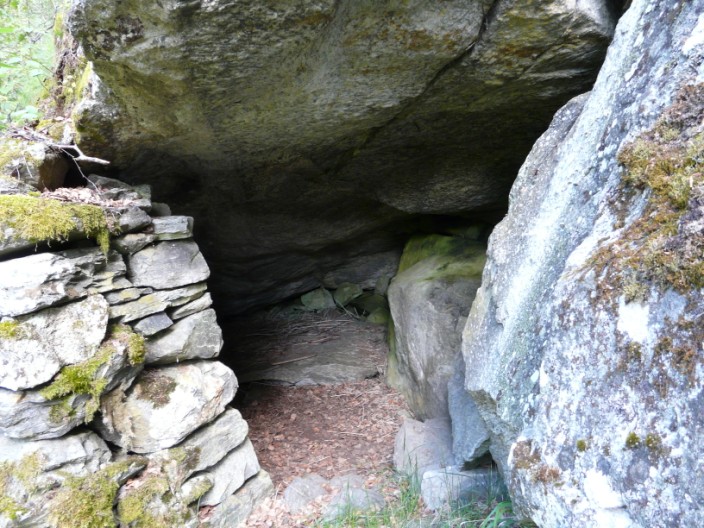
where they would rest
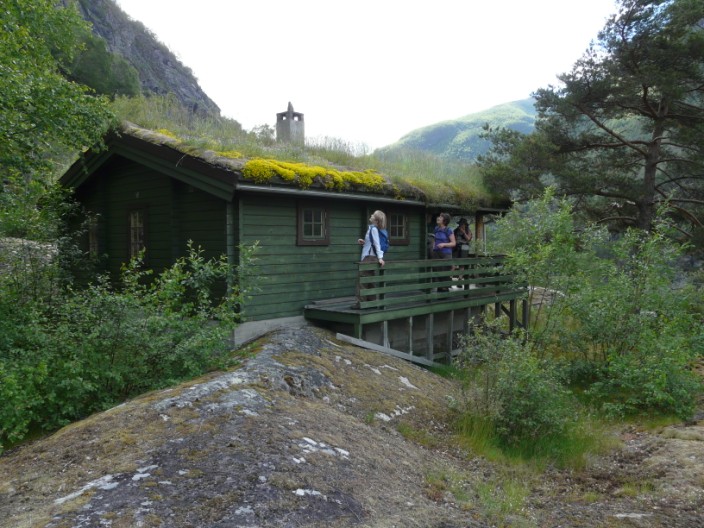
Eileen inspects the plants growing on the roof of another building along the route
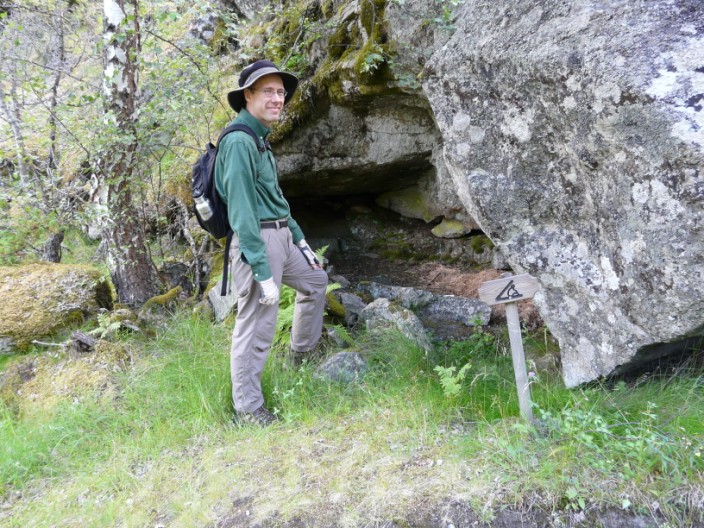
A rather more modern sign for this shelter - with Peter providing perspective
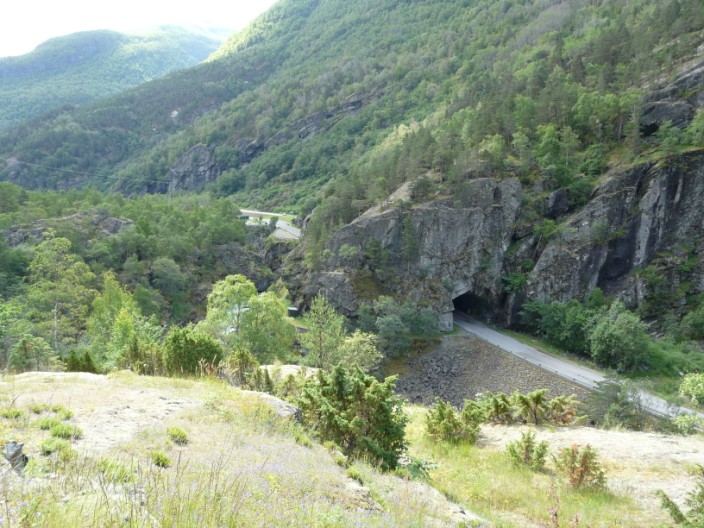
One of the tunnels that the road travels through
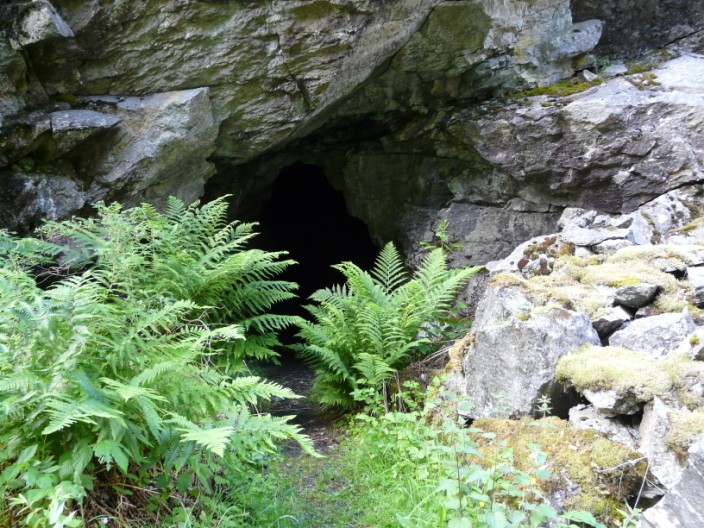
Each cave is worth . . .

a quick investigation
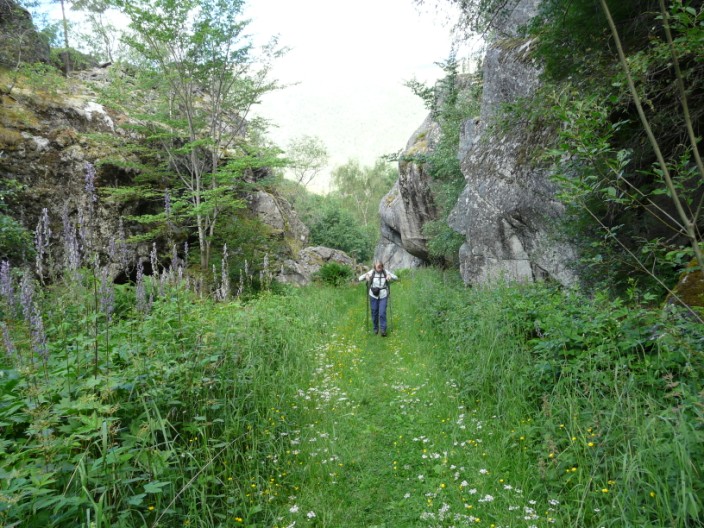
before continuing along the route
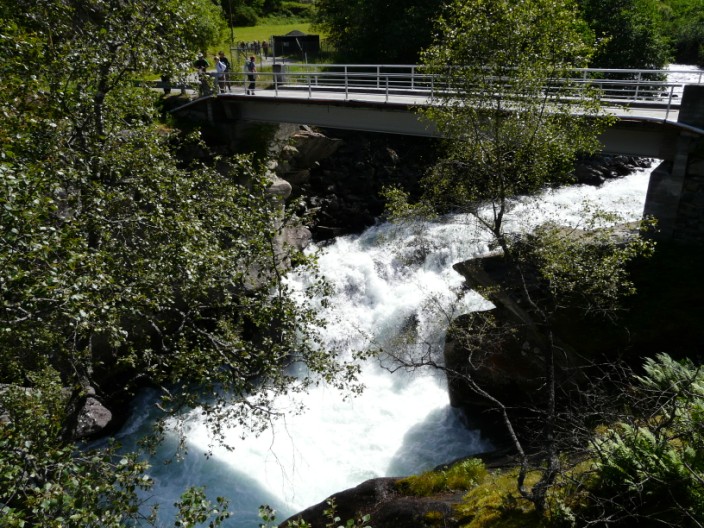
The Lærdal River is crossed by an access road bridge . . .
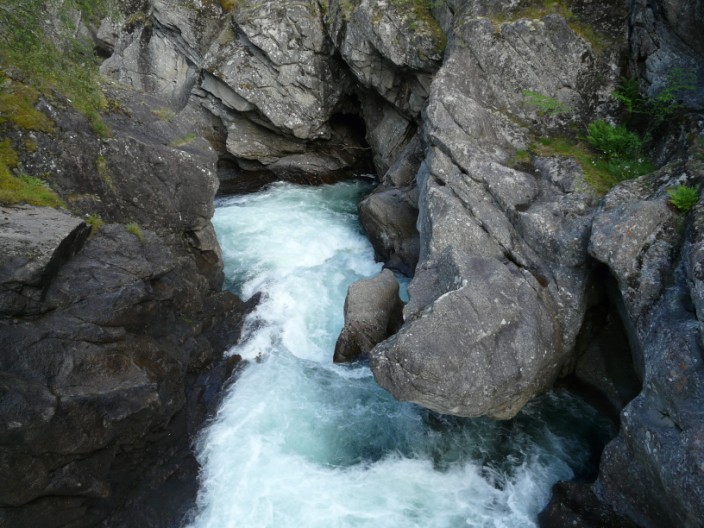
which gives us the opportunity . . .
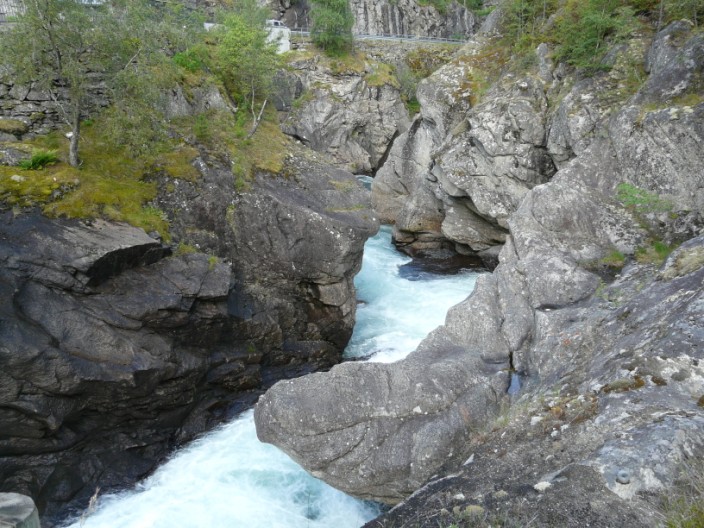
to get some close-up shots . . .
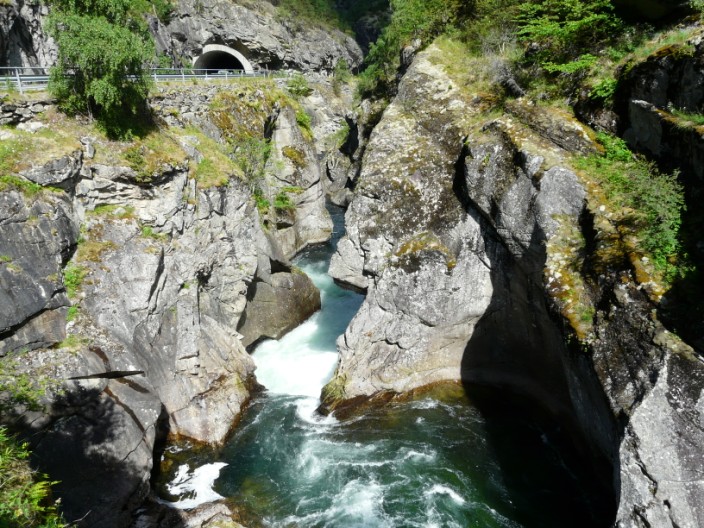
of the action of the water
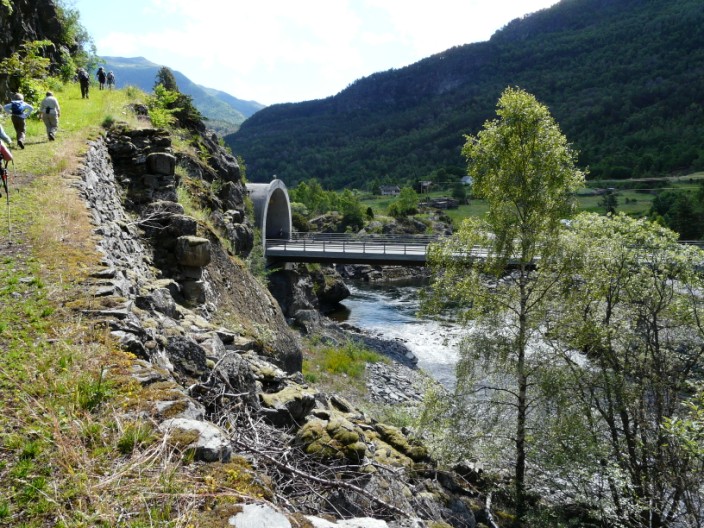
Continuing along the route the road enters a tunnel
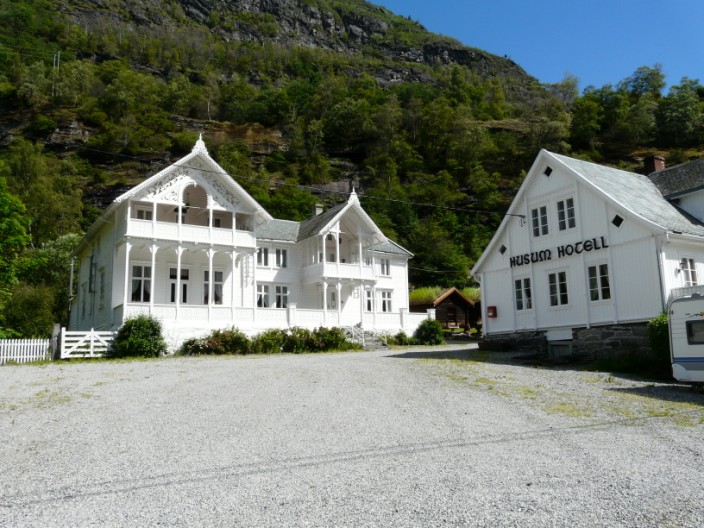
After passing the hotel at Husum where we turn off onto the Vindhellavegen, the historic mountain path between Husum and Borgund
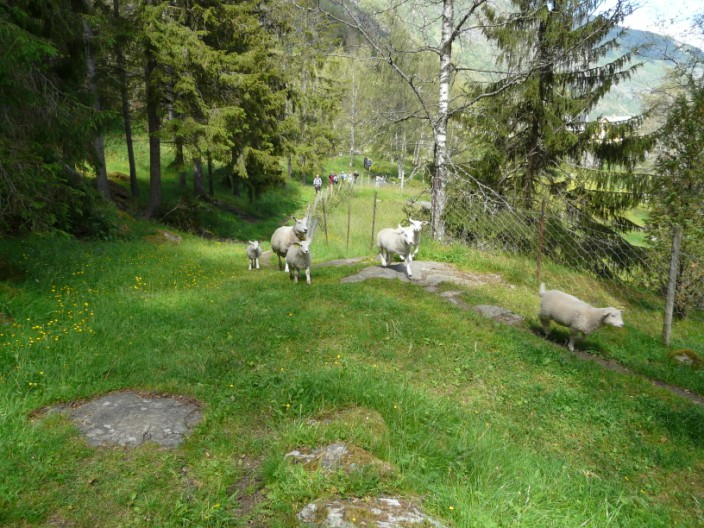
Approaching Borgund a flock of sheep decide to join us
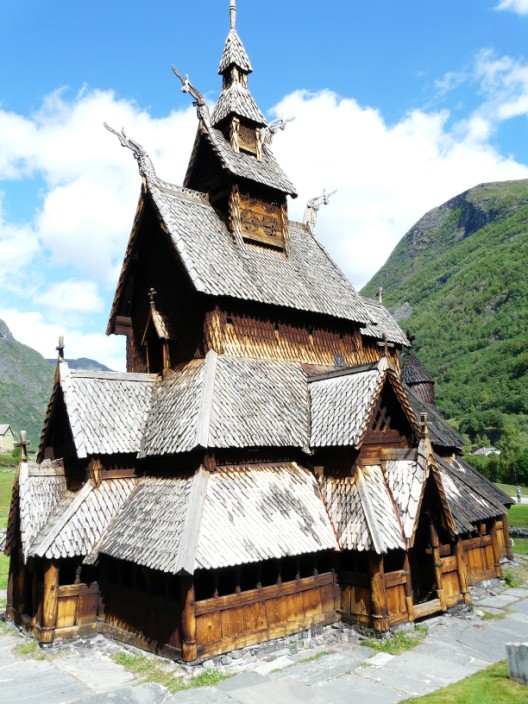
Borgund Stave Church has withstood the ravages of time . . .
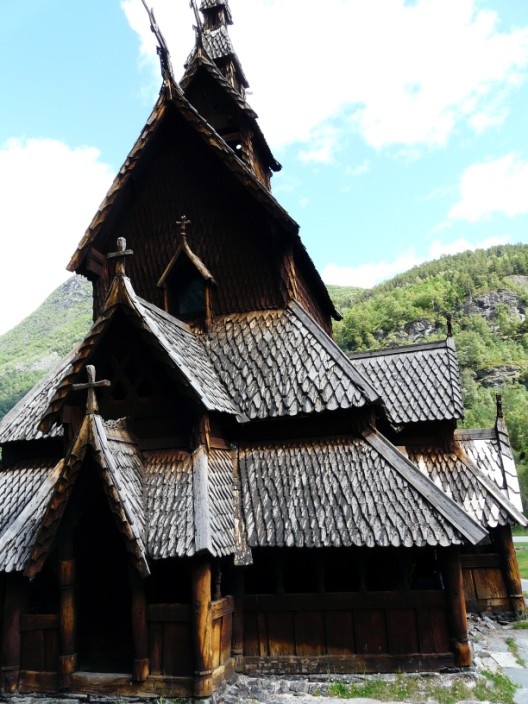
as the timber ground frame rests on stone foundations
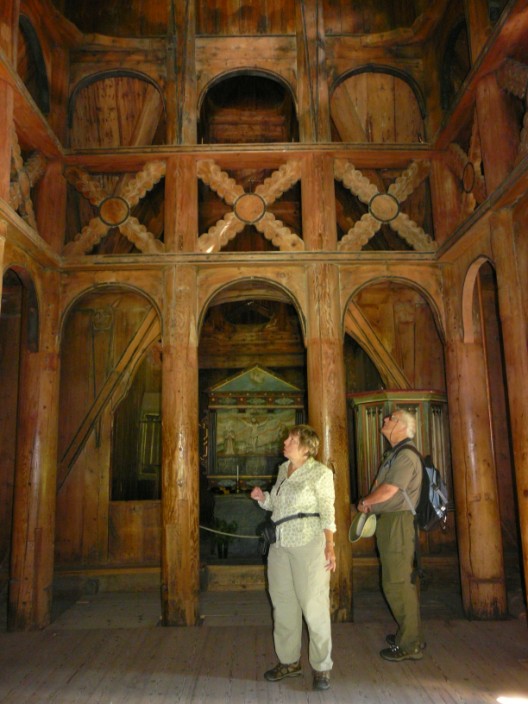
The construction takes its name from the major uprights or 'staves' that form the framework of the central room
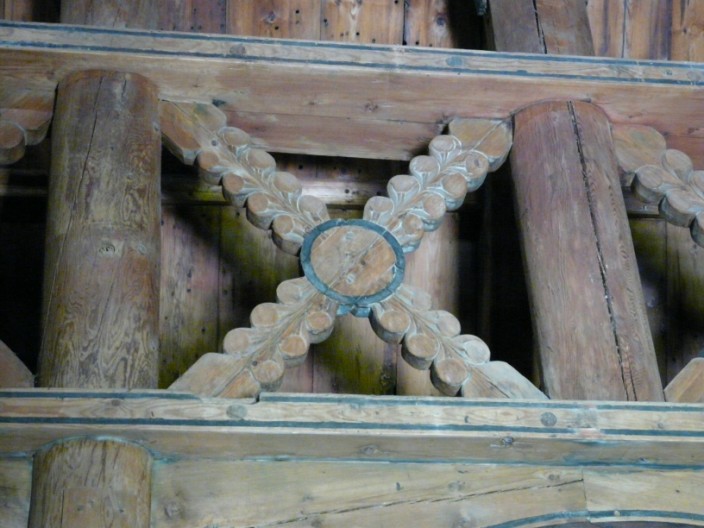
The diagonal cross-braces are named after St Andrew who was crucified on a diagonal cross
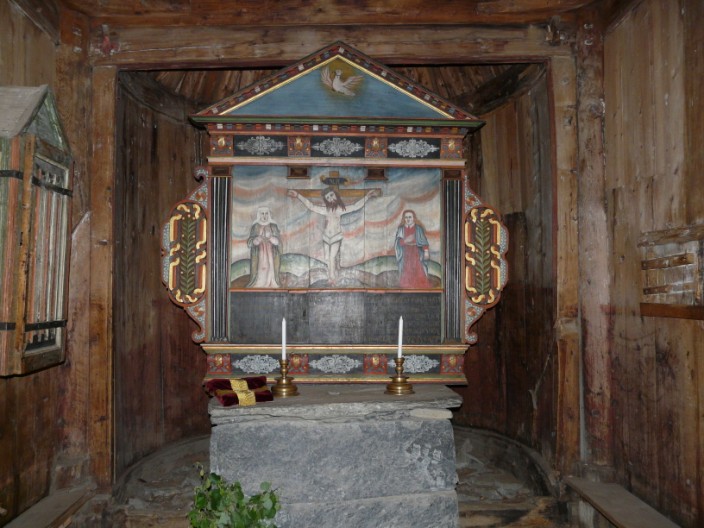
The medieval stone altar with the altarpiece that was painted in 1654 and depicts Christ's crucifixion
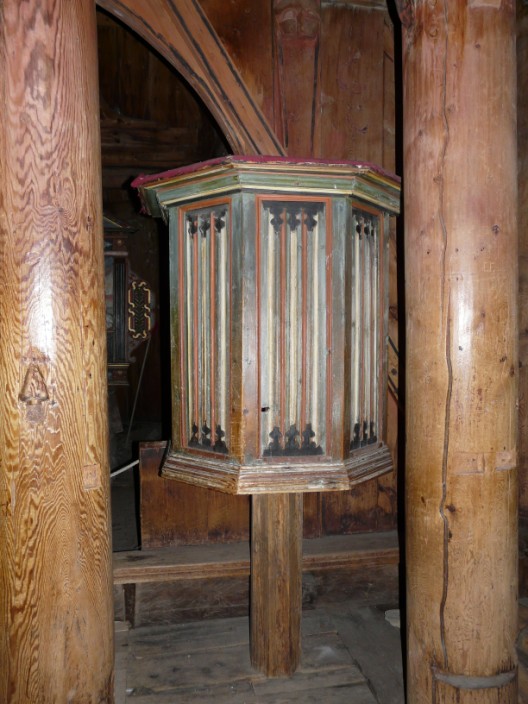
The pulpit is from 1550 - 1570 (There was no pulpit in Catholic medieval times)
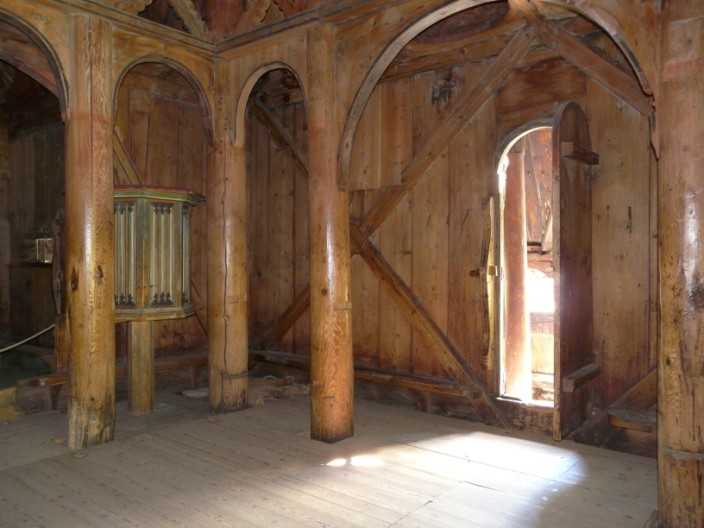
A new floor has been laid over the original one to protect it

The external gallery protects the outer wall and doorways and provides shelter in bad weather. It helps to give the church its characteristic profile
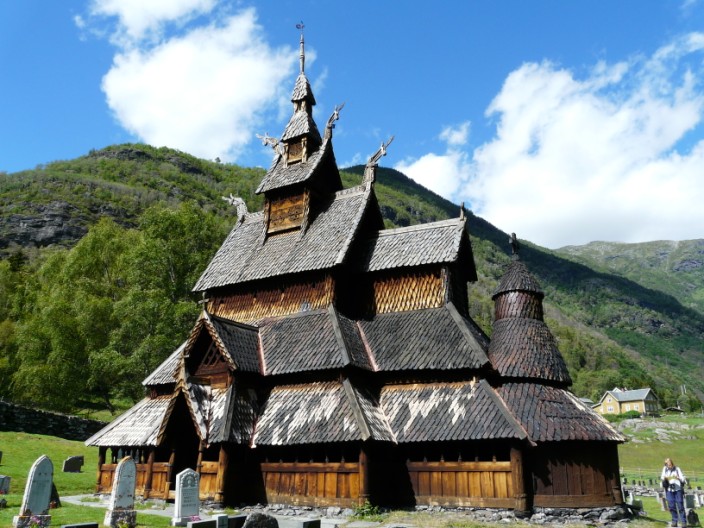
The church has tiered, overhanging roofs, topped with a tower.
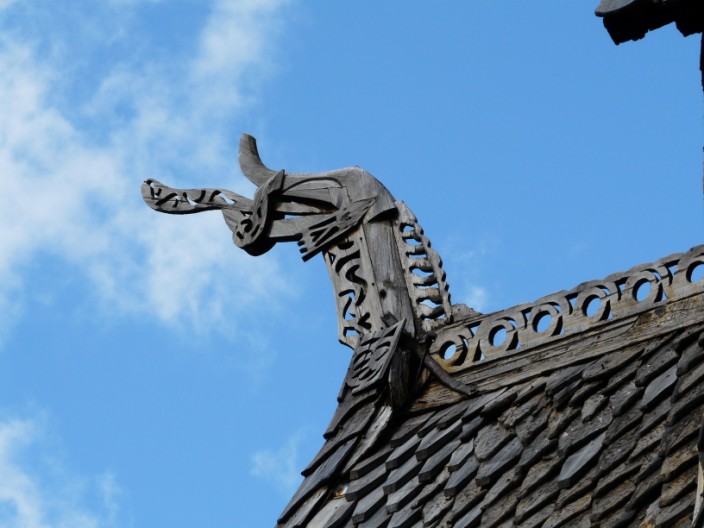
On the gables of the roof, there are four carved dragon heads, swooping from the carved roof ridge crests, recalling the carved dragon heads found on the prows of Norse ships.
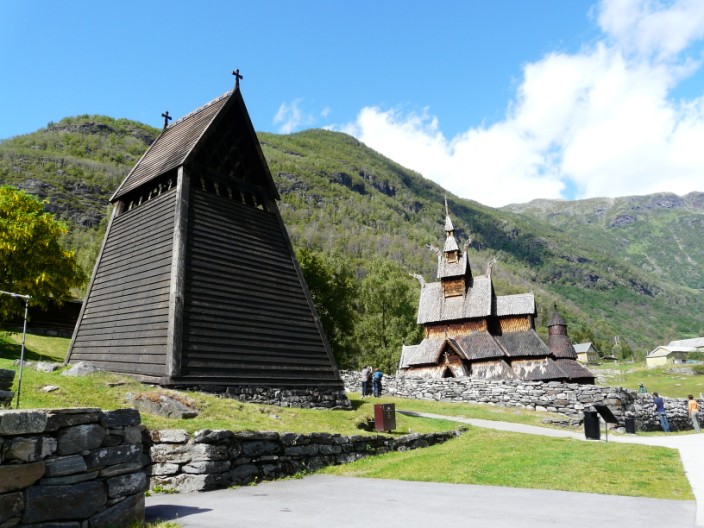
The church bells hang in a free-standing belfry on the south side of the churchyard.
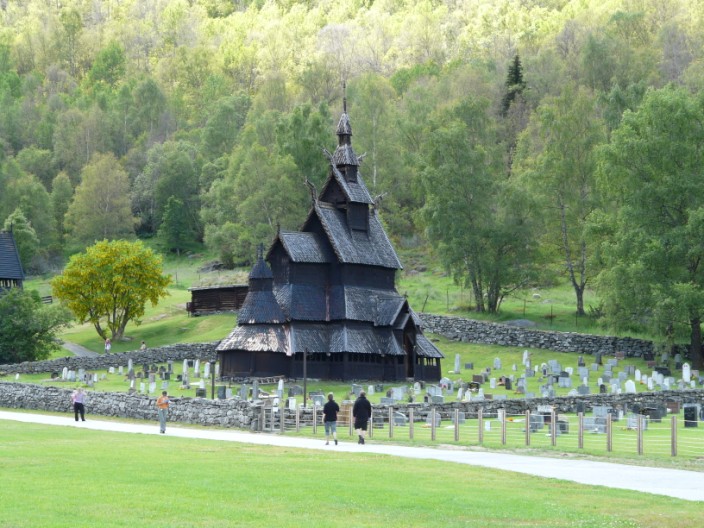
The church and surrounding graveyard from the visitor centre . . .
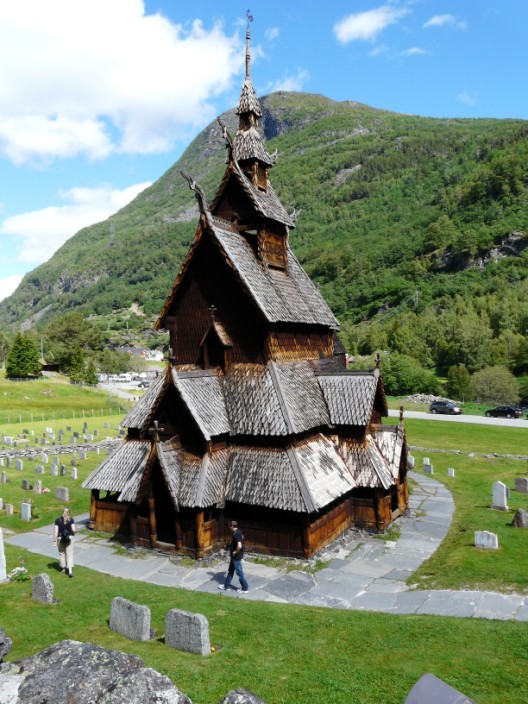
and as we head back to the Vindhellavegen . . .

Galdane, seen from the opposite side of the river . . .
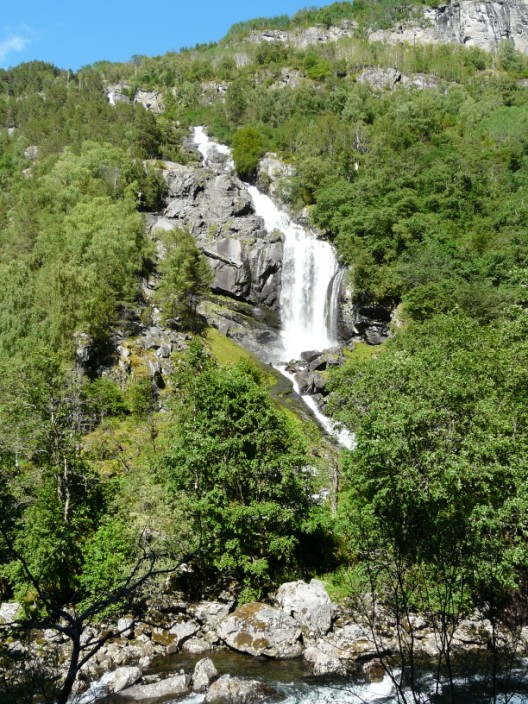
and the nearby waterfall